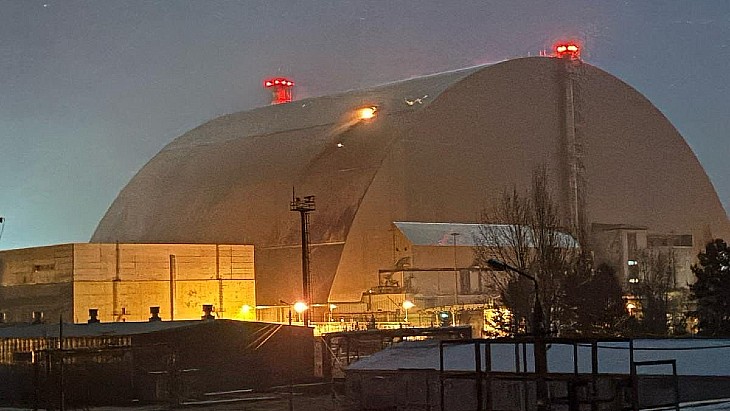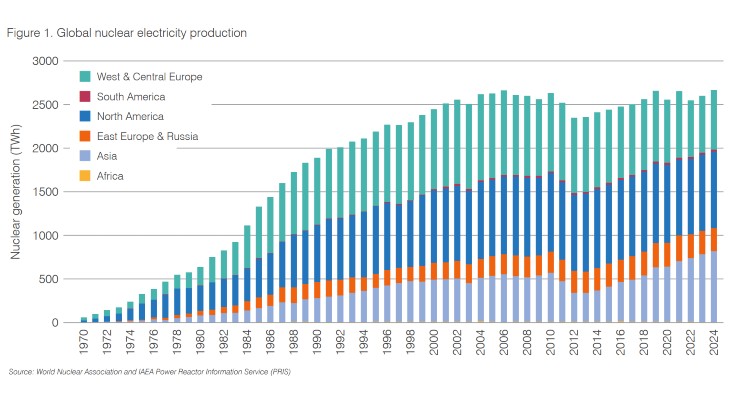Tohoku Electric Power is preparing to extend the period of operation of its Higashidori unit 1 from 13 months to 16 months, following a change in regulations. The unit would be the first in Japan to run for longer than 13-month periods.
.jpg) |
| Higashidori unit 1 (Image: Tohoku) |
However, since the start of 2009 when an amendment to the law took effect, including a new inspection system, reactor operators have been able to run their units for up to 18 months. Once this system has been in place for five years, the maximum operating period will be raised to 24 months, as is common in other countries.
To change from the default interval of 13 months, plant owners have to provide extensive evidence of how each item of plant equipment would fare over longer periods, and describe in detail their new maintenance programs and operational plans.
Tohoku said that it is now taking the necessary actions under the relevant laws, including filing an application for changes to its safety protection rules and a long-term plan for operation, covering all safety-related equipment. The company said it expects to complete these steps by early November.
Tohoku plans to conduct the next periodic inspection at Higashidori 1 – a 1067 MWe boiling water reactor (BWR) - some time between February and June 2011. Once restarted following the inspection, the unit is expected to continue operating for up to 16 months, making it the first Japanese reactor to operate for a period of more than 13 months.
Operating power reactors for longer periods provides more consistency for grid managers and better economy for plant owners. The longest uninterrupted run of a light-water reactor is 739 days, recorded at LaSalle 1 in the USA in February 2006.
Researched and written
by World Nuclear News












